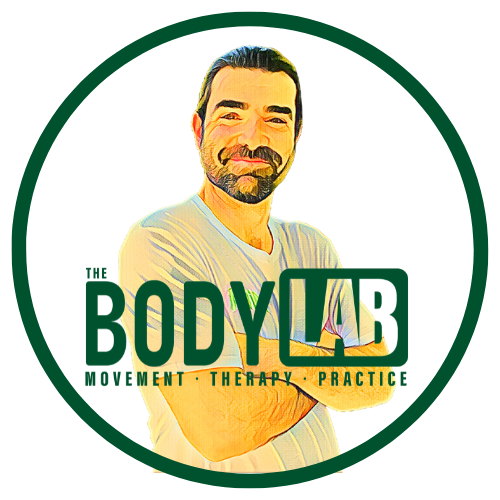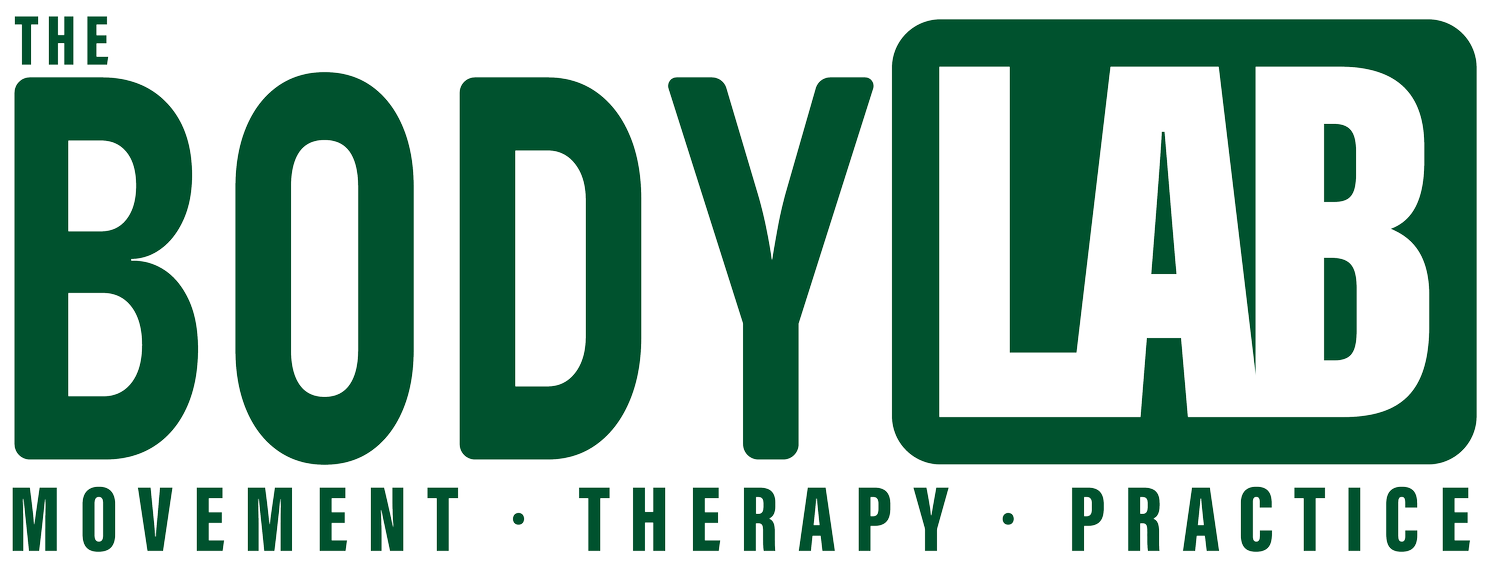What do you expect for your initial consultation with Canberra Acupuncture?
This blog is about your initial consultation with Canberra Acupuncture at The Body Lab
What to expect
Chinese Medicine theory
Safety of Acupuncture
What can Acupuncture treat
Does Acupuncture hurt
Duration of your session
What is included in your initial consultation
Private Health insurance rebate
Registered Health Practitioner
What do you expect for the initial consultation?
Your initial appointment at Canberra Acupuncture (The Body Lab) is about gaining a deep understanding on your current medical situation and a thorough understanding of your medical history. This is mostly obtained via our online booking system which can be found here or can be completed at your first appointment. If you can complete this form online, it will save time in your initial visit and allow more time for treatment.
Once your medical information has be analysed and assessed, we will have an in-depth discuss of your medical issues and gain insight into your situation. Having a nice chat and discussion that maps out each patients’ individual needs and concerns is very important to me. This is what is missing in modern health at the moment - listening and understanding how the disease has affected you. The assessment from a Chinese Medicine perspective begins immediately you enter the clinic by the observation of your posture, speech and physical appearance. Chinese Medicine is applied philosophy and is very different to Western Medicine in terms of how it views and treats disease.
Depending upon each patient’s individual needs and the duration of disease, and in-conjunction with a discussion of your condition, I will assess two vital regions of the body - the pulse and the tongue. The pulse provides an immediate snapshot of the body’s function and process. This is measured in several ways at my finger’s tips - strength, width, length, flow, rhythm and speed. Each quality of the beat of the pulse provides clues and information about how the body is functioning. The tongue on the other hand is providing historical medical information. This is measured via the colour, width, coating, shape, size and overall quality of the tongue.
The pulse and tongue provide a framework which in-conjunction with the medical information and discussion, enable the formulation of a comprehensive, and holistic treatment. This provides you with both a prognosis and tailored treatment plan.
My goal is to help you achieve your health goals.
Acupuncture Theory and Effects
Acupuncture is part of the ancient practice of Classical Chinese medicine, created over the past 2000 years, by observing nature and human beings. In Classical Chinese medicine there are 2,000 acupuncture points connected by pathways or meridians. These pathways or meridians that carry Qi; Qi (electrical signals via the nerves) is the vital life energy that flows through our bodies. Acupuncture involves the insertion of very fine hair-thin needles in certain points or areas of the body. In Australia the needles must be sterilised and disposable.
When our Qi or energy is balanced and flowing smoothly, we are in good health. Problems arise when our Qi gets stuck, blocked, burnout or become deficient in energy that we may start to see specific health issues manifesting, such as pain, or a physical or emotional disharmony. When this imbalance occurs, the acupuncture needles activate specific nerves to allow the energy to flow and affect the nerves at the chosen acupuncture point. The point chosen is based on the points function and combined influence on other points that help to bring the Qi back to health and harmony, allowing the body to heal itself. Most of the acupuncture points are on the primary channels, the image of lines covering the human body, that are depicted on Chinese medicine charts.
The treatment plan will adjust the energy, the structure, or the physiological function. In the design of the treatment plan, I select the acupuncture points and needles that are consistent with the treatment selection. We also use acupuncture manipulation techniques to reduce or eliminate pain and achieve better results. Acupuncture is also excellent when used as preventative medicine. If you already feel great, acupuncture can be used to maintain your body health and to keep you strong.
Is acupuncture safe?
In Australia, the needles must be single use, sterilised and disposable only, so there is little risk of contamination. Acupuncture is a safe procedure when treatments are administered by a licensed professional, who is accredited and registered with the Australian Health Practitioner Regulation Agency (AHPRA)/Chinese Medicine Board of Australia (CMBA).
Does acupuncture hurt?
I must be honest and say that the needle does hurt sometimes.
It depends on the nature of your disease and what we are trying to achieve with the needles and treatment. I use a needle gauge of 0.18 to 0.50, depending on the length of the needle. The longer the needle the wide the diameter of the needle so it won’t break. But they are all not much thicker than a hair. In comparison, hypodermic needles (needle used for injections or to draw blood) are around gauge 15 and upwards.
The needle choice is difference for each practitioner and the situation. With any needle insertion, you may notice a sensation of heaviness, tingling, redness, itching or the movement of energy along the channel pathway. You must also be aware that as with any needle insertion there is a chance of bruising or blood loss.
Duration of your session
The duration of Your initial session is primarily focused upon discussing your concerns and symptoms with you. This can take between 45-75 minutes; this is not accounting for the form completion. Depending on how the disease has manifested, the needle treatment will require insertion for at least 20 minutes. This is the time period it takes for Qi to move around the entire body in one cycle. There are times when the treatment maybe shorter or longer, depending on the nature of your condition and how it manifests.
What included in your initial consultation
I believe we must be realistic in terms of the differences in what Chinese Medicine and Western Medicine has to offer in terms of assessment and treatment approaches. Accordingly, I will be assessing your body differently, depending on the nature of your condition. In the physical examination I would include a postural, muscular and visual analysis, movement examination, including gait analysis, specific joint by joint biomechanical analysis, pulse and tongue assessment and Chinese medicine channel palpation.
If you have internal disharmony, hormonal, metabolic or neurological, then the Chinese medicine assessment and treatment would be more practical and applicable with the emphasis of pulse, tongue, and questioning. If you have more external disharmony, pain or muscle related issue, I would perform neurological or muscle-based testing in-conjunction with Chinese medicine assessment.
This approach creates a consistent, methodical and repeatable examination process, which combines an anatomically based clinical auditing process. It allows a standard operating system to provide objective assessment from both a western and Chinese perspectives. This provides the client with the power of assessment to avoid confusion and provides a framework to identify the most effective treatments.
Private Health insurance rebate
Acupuncture at The Body Lab is covered under all private health insurers, however, the extent of the rebate you will receive is determined by the type of comer you have selected.
Registered Health Practitioner
Acupuncturist is a registered title in Australia and it is illegal to practice acupuncture or any health modality unless a practitioner is registered with the Australian Health Practitioner Regulation Agency (AHPRA) (https://www.ahpra.gov.au/). You can search the AHPRA databased here. I am fully qualified and registered with AHPRA without any restrictions to practice acupuncture in Australia.

